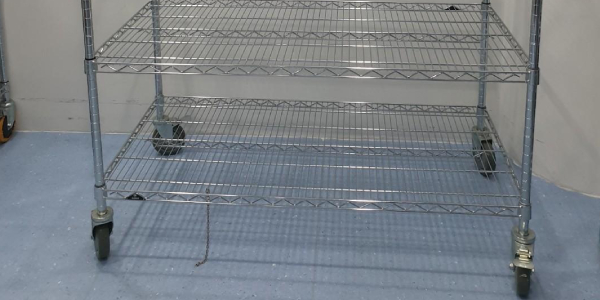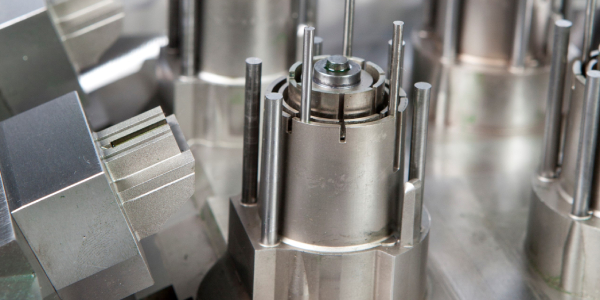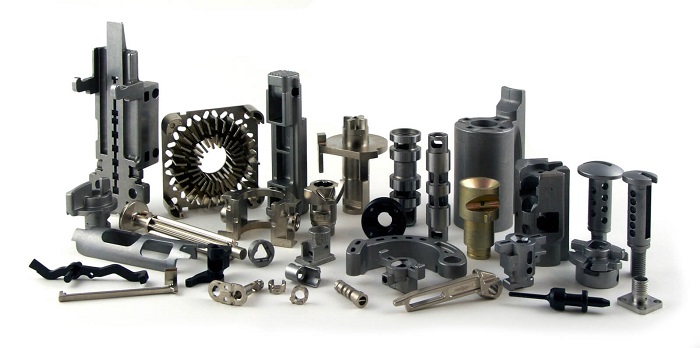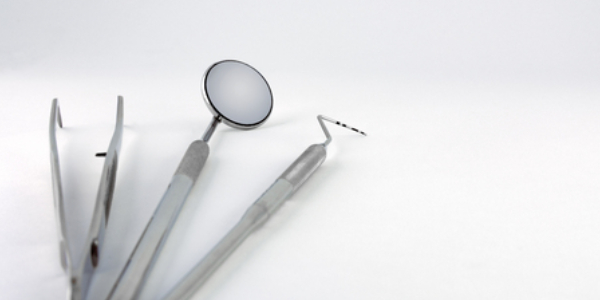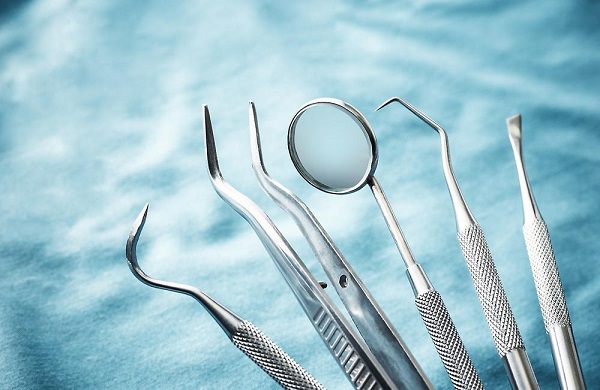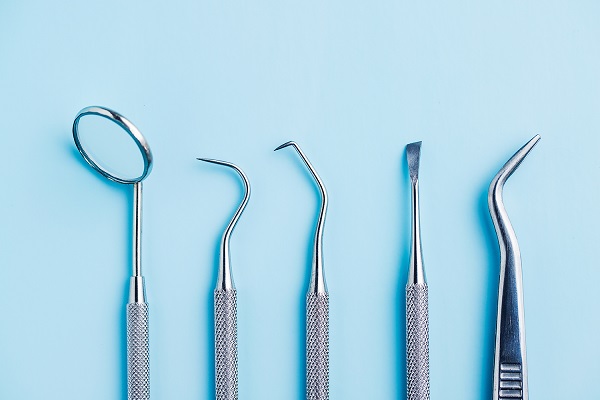Transform Your Kitchen Into A Haven With Stainless Steel Racks
Posted onSteel racks are a great way to increase your storage space and make your kitchen fully functional. They are also environmentally friendly. Steel rack manufacturers in Chennai (https://www.donracks.co.in/) will help organize your kitchen and make it easier to find things. Know more about the role and benefits of stainless steel storage solutions in a kitchen.
Role of Steel Racks in a Kitchen Storage
If you have a small kitchen, a steel rack that can be expanded or reduced in size is a good investment. A stainless steel rack can be constructed in two or three tiers to store spice jars in the kitchen. A dish rack will not detract from your décor; it will improve airflow and drainage, resulting in a shorter drying time.
A single shelf rack is a high-utility appliance in the kitchen that saves counter space and additional storage. Install a wall storage rack against a wall to store kitchen accessories. Clean the rack regularly to ensure no dirt gets accumulated on the rods. Remove cabinet doors and display steel racks instead. It’s one of the quickest and most cost-effective ways to upgrade your kitchen.
Open steel racks are a great way to organize your kitchen and keep items in a convenient location. They are also an excellent option if you believe in the concepts of cutting back, recycling, and living on the bare necessities. A kitchen with a chalkboard and two stainless steel racks is a great way to display your China and antique pottery.
Kitchen Storage Designs With Stainless Steel
A kitchen with a pull-out shelf for storing bottles and jars is a convenient way to keep items such as wine and coffee. A stainless steel kitchen corner shelf has a lift-to-open mechanism that allows you to store your crockery. It is ideal for keeping your ceramics out of the reach of children. The kitchen racks also play an important role in decorating your kitchen apart from organizing it.
To create a sense of space in your kitchen, use wall-mounted shelves to store and display your valuable kitchen items. Tempered glass shelves give your kitchen a stylish and modern appearance. Kitchen cabinets with open wooden shelves will add a distinctive touch to the room.
A floating shelf is a great way to improve the appearance of your kitchen. To make your kitchen look bigger, remove cabinet doors and add decorative touches. Stainless steel shelves are the most durable option for heavy-duty use. Commercial shelving can be placed above a stainless steel prep table to improve ergonomics and storage capacity. Open shelves are a great way to make the most of a small kitchen’s corners and can be complemented with matching corner shelves. They provide a spacious feel and equip practical shelves rather than cabinets.
Benefits of Stainless Steel Storage Solutions in Kitchen
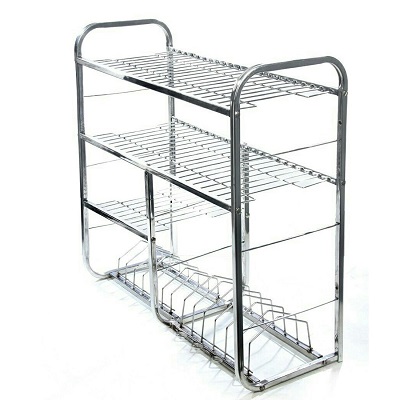
Stainless steel kitchen cabinets are extremely durable and can be used for many purposes. Use stainless steel shelves for commercial and residential purposes as they are available with wheels and take up little space. Stainless steel shelves are a popular choice for catering to the needs of business owners because they are stable and conserve valuable floor space.
You can choose the ideal design for your kitchen based on the appearance you want to achieve. When you use steel in your modular kitchen, you won’t have to worry about spillage in your kitchen as they are easy to maintain and can be cleaned with a damp cloth. Environmentally friendly, stainless steel is a great material for modular kitchens.
Foot-note
Steel racks are designed to maximize storage space in the kitchen. To keep your countertops free of clutter, use a specialized rack system. Steel racks from storage racks Chennai are hygienic, easy to clean, and have an aesthetically pleasing appearance. It can create an inspiring look while complementing the room’s overall décor.






